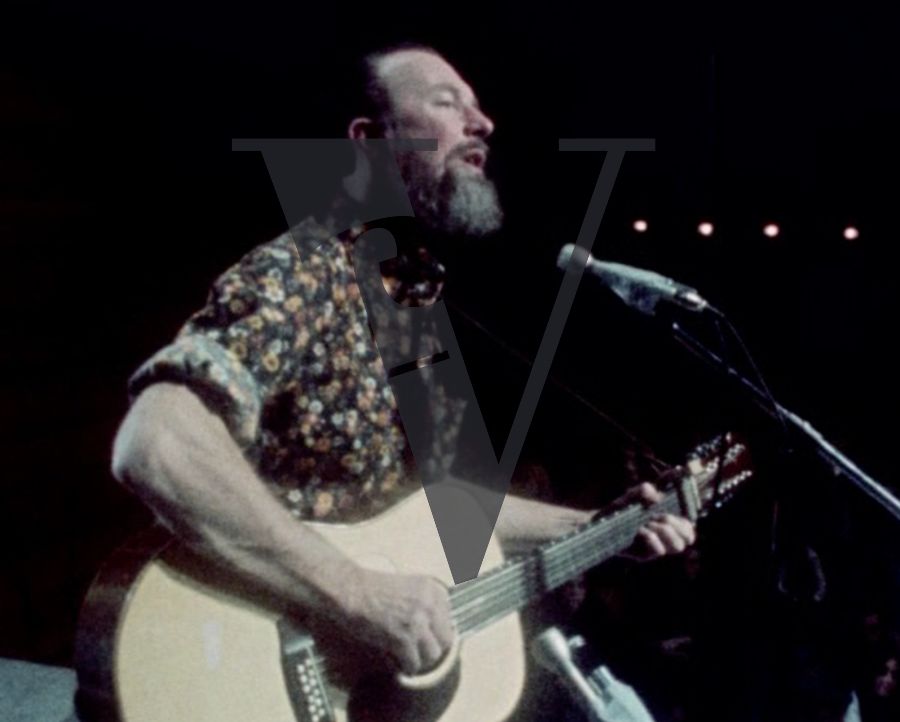Songs of the Badius

The Badius are descendants of runaway African slaves and Portuguese colonists, and their music reflects this mix of heritages.
One of the genres featured is batuku, a women’s dance, which comments on local events and people. We see Bibinha Cabral, age 86, give an incredibly energetic, extemporaneous performance. She also explains her approach to batuku and the way it is taught.
Another genre, funana, is a sensuous dance style that was frowned upon by the Church for its sensuous movements, and by the government for its subversive lyrics. We see several well-known musicians playing at various events.
But the highlight of the film is male batuku singer Antoni Denti d’oro, who has performed for over 50 years in a lively, comic style. His talents are in demand for many occasions, and though he worries that he’s too busy, he says he’ll perform batuku until “I’m picked up at the house and dropped off at the cemetery, dead.”
The film showcases the fiercely independent spirit of the Badius as it comes through, loud and clear, in their music and dance.

















